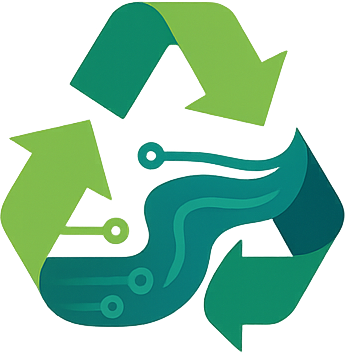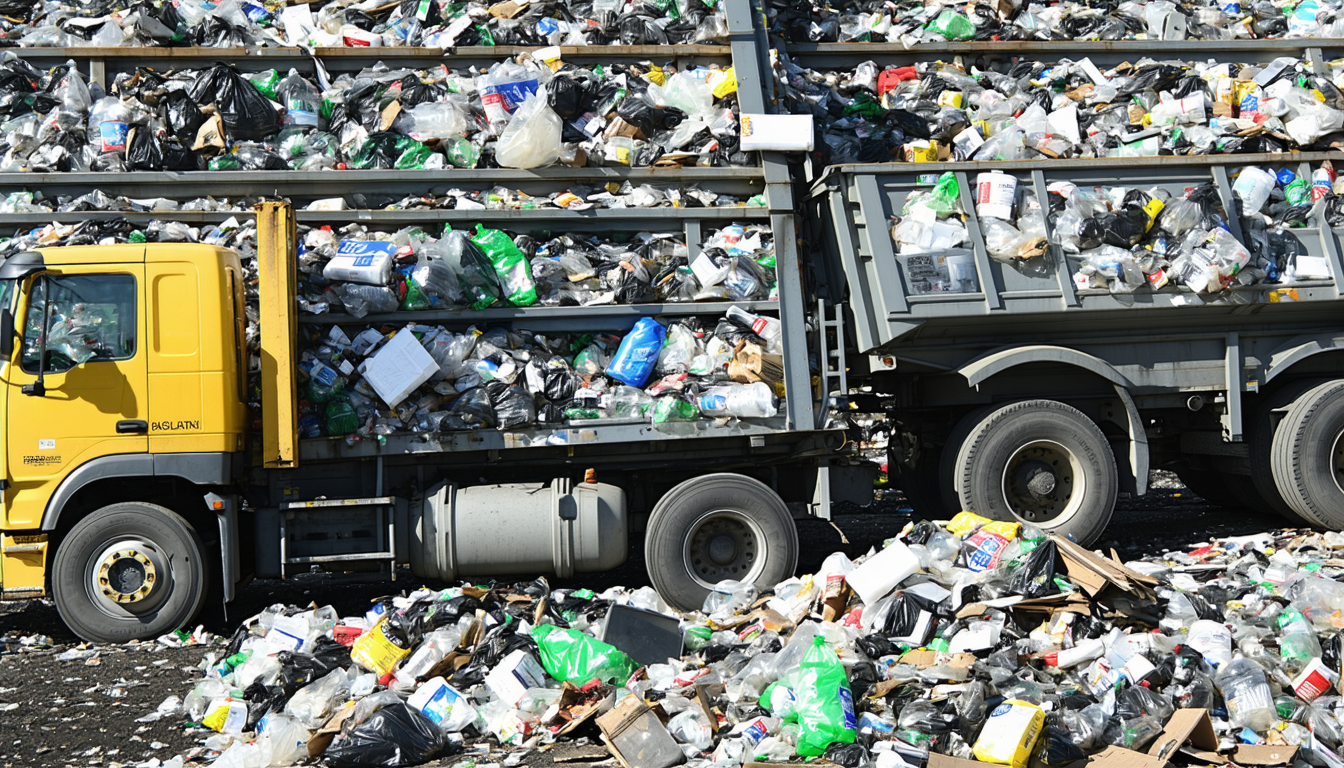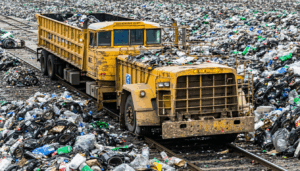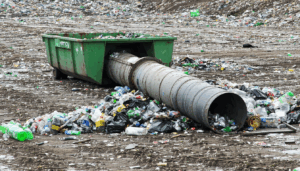In the ever-evolving landscape of environmental management, commercial waste disposal in the United States has emerged as a critical issue in 2023. Businesses across industries are grappling with stricter regulations, rising costs, and the urgent need for sustainable practices. This article delves into the latest developments shaping this sector, from new federal guidelines to innovative recycling technologies. With mounting pressure to reduce landfill dependency and meet sustainability goals, stakeholders are seeking solutions that balance compliance and profitability. Join us as we explore the key trends and challenges defining commercial waste disposal today.
Evolving Regulations in Commercial Waste Disposal
The U.S. Environmental Protection Agency (EPA) has introduced updated guidelines in 2023 aimed at curbing the environmental impact of commercial waste. These regulations mandate businesses generating over 500 tons of waste annually to submit detailed disposal and recycling plans. Non-compliance can result in fines starting at $10,000 per violation, a significant increase from previous penalties.
This shift is driven by alarming data: the EPA reports that commercial and industrial waste accounts for nearly 30% of the 292 million tons of municipal solid waste generated yearly in the U.S. The new rules aim to push companies toward zero-waste goals, but many small and medium-sized enterprises struggle with implementation costs. For these businesses, adapting to stringent standards remains a daunting task.
Rising Costs and Economic Impact
The financial burden of commercial waste disposal is hitting businesses hard. According to a 2023 report by Waste Management Resources, disposal costs have risen by 15% over the past two years due to landfill taxes and limited capacity. In states like California and New York, tipping fees at landfills now average $80 per ton, up from $65 in 2021.
This cost surge affects industries such as retail, hospitality, and construction most acutely. Many companies are forced to pass these expenses onto consumers, risking competitive disadvantages. “The economic strain is real for businesses trying to comply with waste laws while maintaining margins,” says Sarah Thompson, a waste management consultant based in Chicago.
Technological Innovations Offer Hope
Amid these challenges, technology is providing a lifeline for commercial waste disposal. Advanced sorting systems powered by artificial intelligence are helping businesses segregate recyclable materials more efficiently. Companies like Waste Robotics have reported a 40% increase in recycling rates among their clients since deploying such systems in early 2023.
Additionally, composting programs for organic waste are gaining traction in urban centers. Cities like San Francisco now require large food service providers to participate in composting initiatives, diverting thousands of tons from landfills annually. These innovations signal a shift toward sustainable practices, though widespread adoption remains slow due to high upfront costs.
Stakeholder Perspectives and Industry Response
The impact of these developments varies across stakeholders. Large corporations with robust budgets are better positioned to invest in compliance and technology, while smaller firms often lack resources. Industry associations, such as the National Waste & Recycling Association (NWRA), advocate for federal grants to support small businesses in meeting new standards.
On the other hand, environmental groups praise the stricter regulations but argue they don’t go far enough. “We need enforceable targets for waste reduction, not just reporting requirements,” notes Emily Carter, director of GreenFuture USA. Balancing economic realities with environmental goals remains a contentious issue in this space.
Future Outlook for Commercial Waste Disposal
Looking ahead, the trajectory of commercial waste disposal in the U.S. hinges on collaboration between policymakers, businesses, and innovators. The EPA projects that by 2030, recycling rates could reach 50% if current trends in technology adoption continue. However, without financial incentives or scaled infrastructure, achieving this target will be challenging.
The potential implications are vast—reduced landfill use could lower greenhouse gas emissions significantly, given that landfills account for 14% of U.S. methane emissions. Yet, success depends on addressing disparities in access to resources across business sizes. A unified approach could redefine how America manages its commercial waste.
In conclusion, commercial waste disposal stands at a crossroads in 2023. Stricter regulations, rising costs, and technological advancements are reshaping the landscape, offering both challenges and opportunities. As businesses navigate this complex terrain, the push for sustainability remains paramount. The coming years will test whether the U.S. can transform its waste management practices into a model of environmental stewardship.
Frequently Asked Questions (FAQ)
-
What is commercial waste disposal?
It refers to the management and removal of waste generated by businesses, including retail, industrial, and hospitality sectors, often involving specialized services to handle large volumes. -
Why are costs rising for commercial waste disposal in the U.S.?
Increased landfill taxes, limited capacity, and stricter regulations have driven up expenses, with tipping fees rising by 15% since 2021. -
How are businesses adapting to new waste regulations?
Many are investing in recycling technologies, composting programs, and detailed reporting systems to comply with EPA guidelines introduced in 2023. -
What role does technology play in commercial waste management?
Innovations like AI-powered sorting systems improve recycling efficiency, while composting initiatives help divert organic waste from landfills. -
What can small businesses do to manage disposal costs?
Partnering with local recycling programs, reducing waste output, and seeking grants or subsidies through industry associations can help offset expenses.





